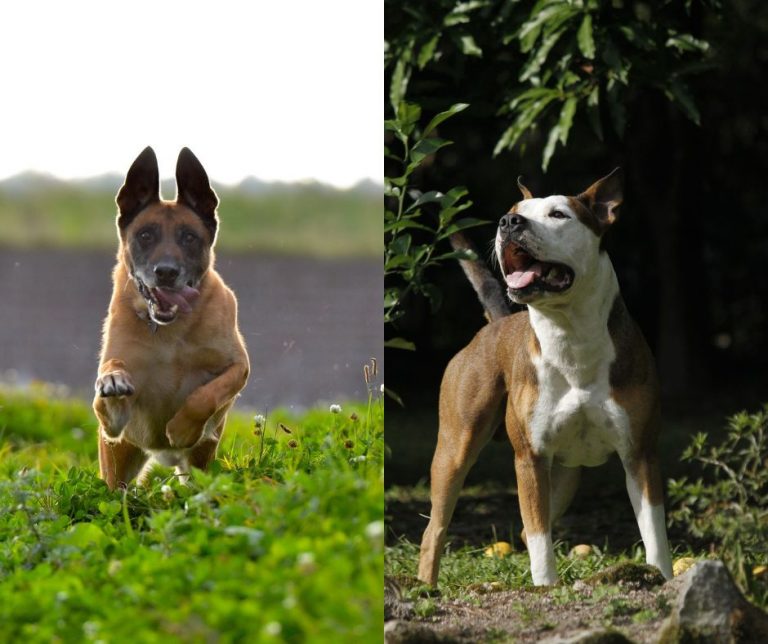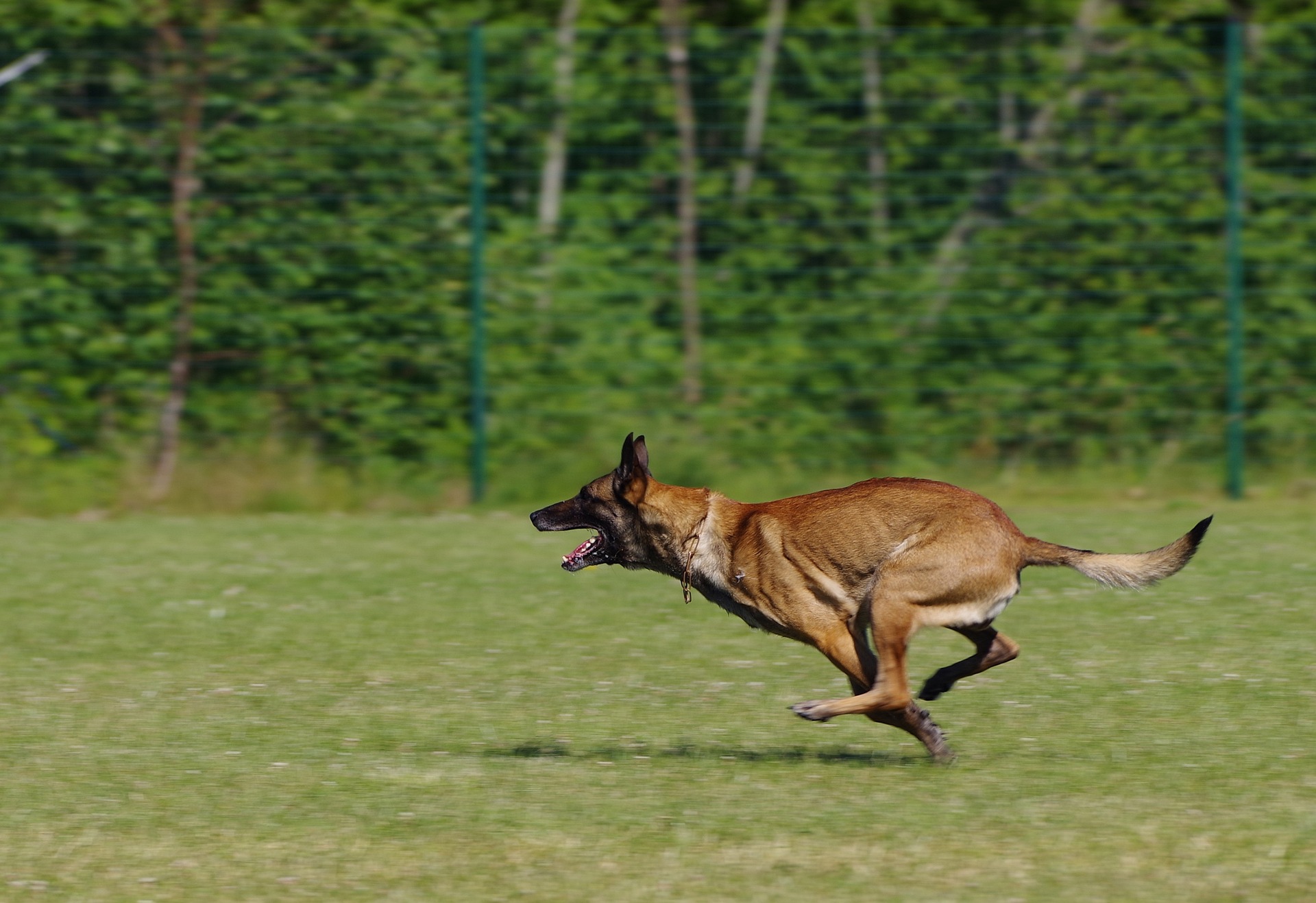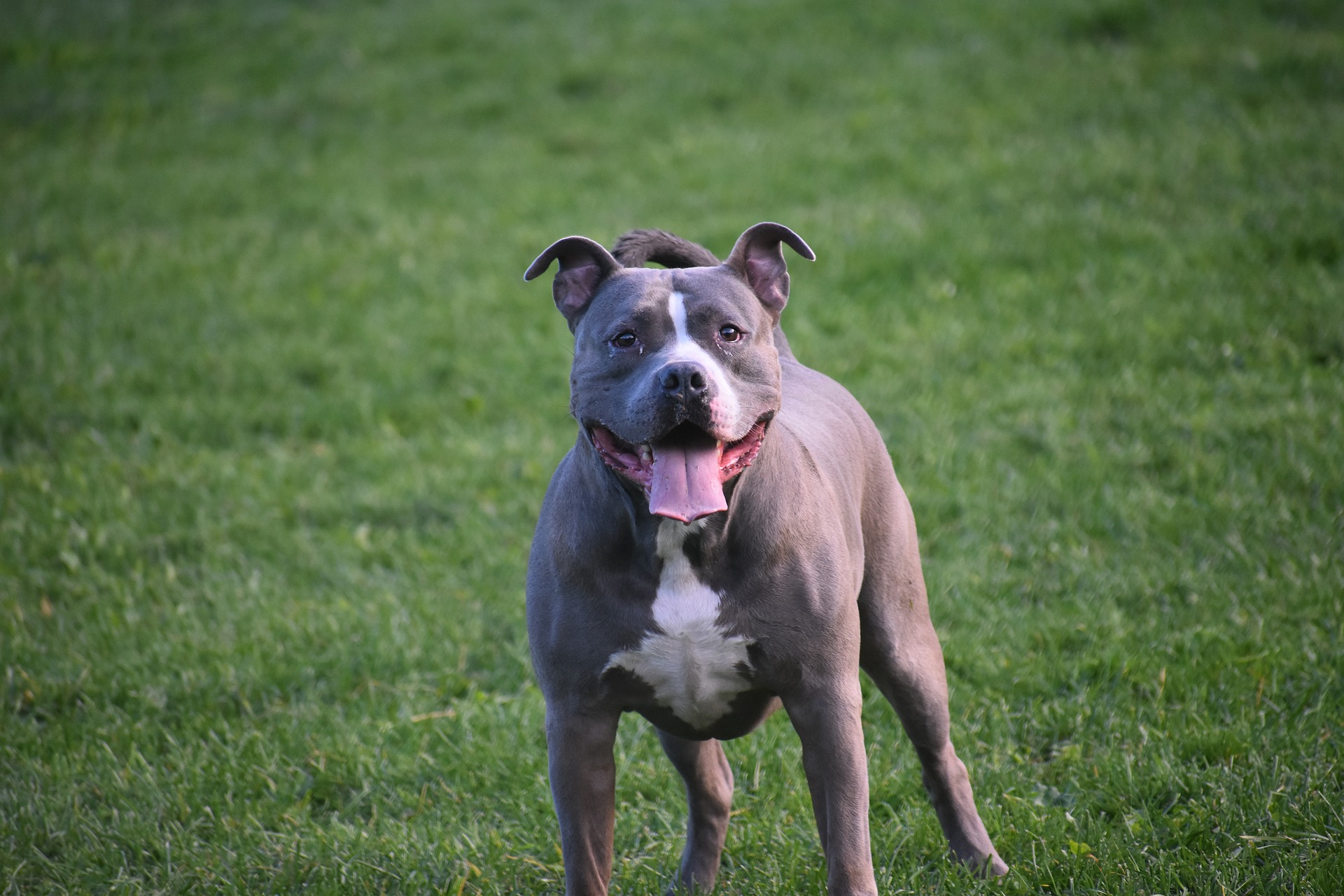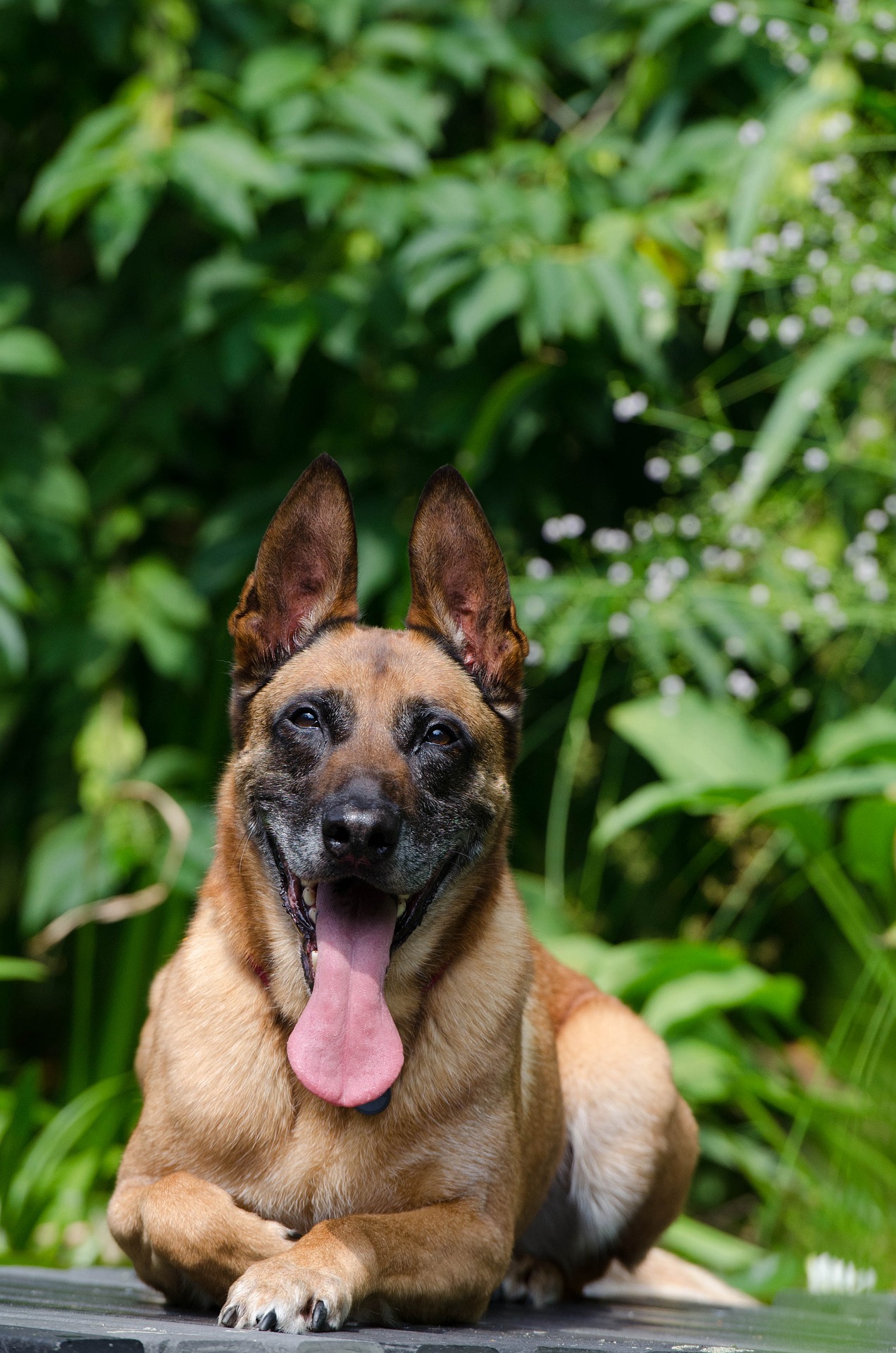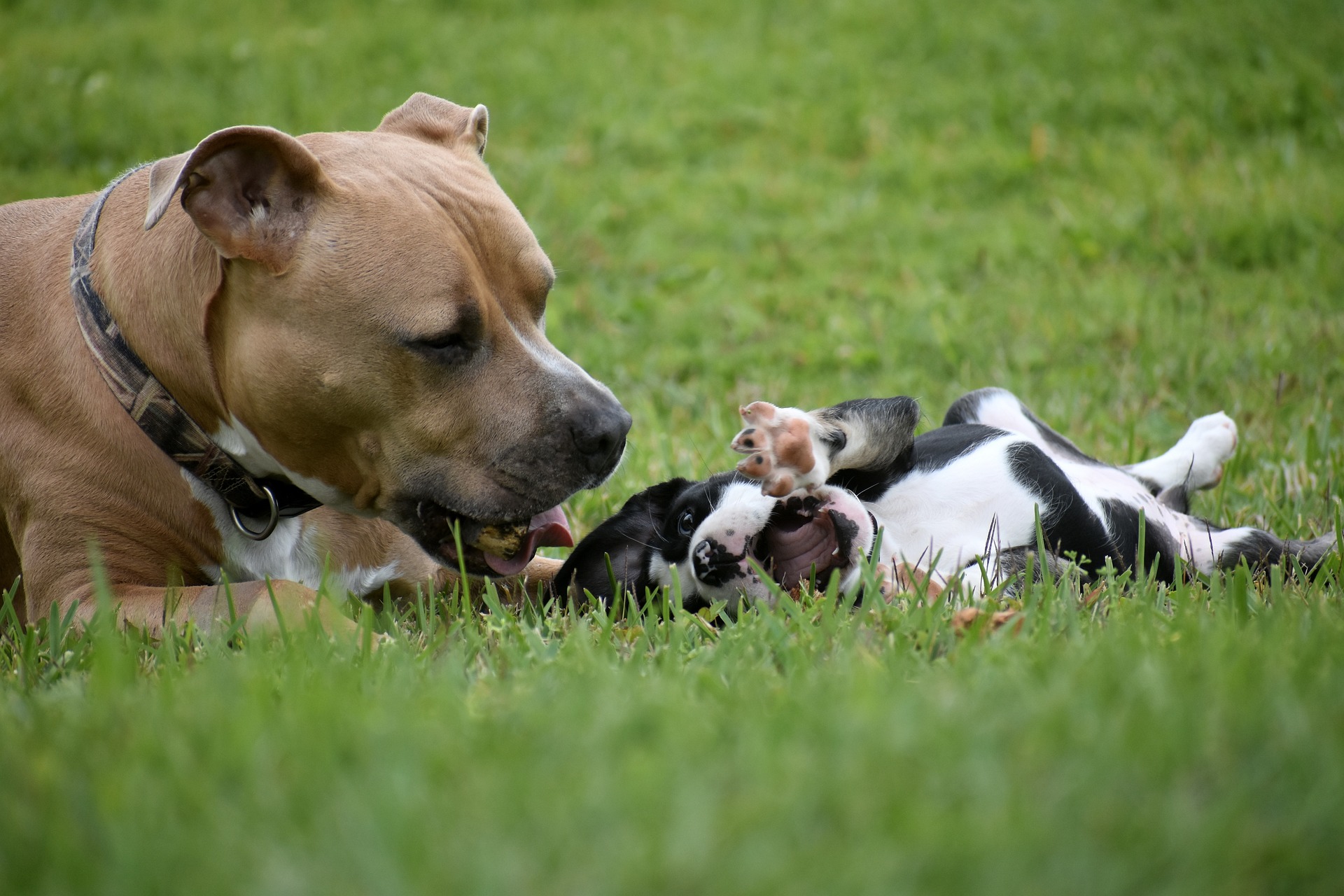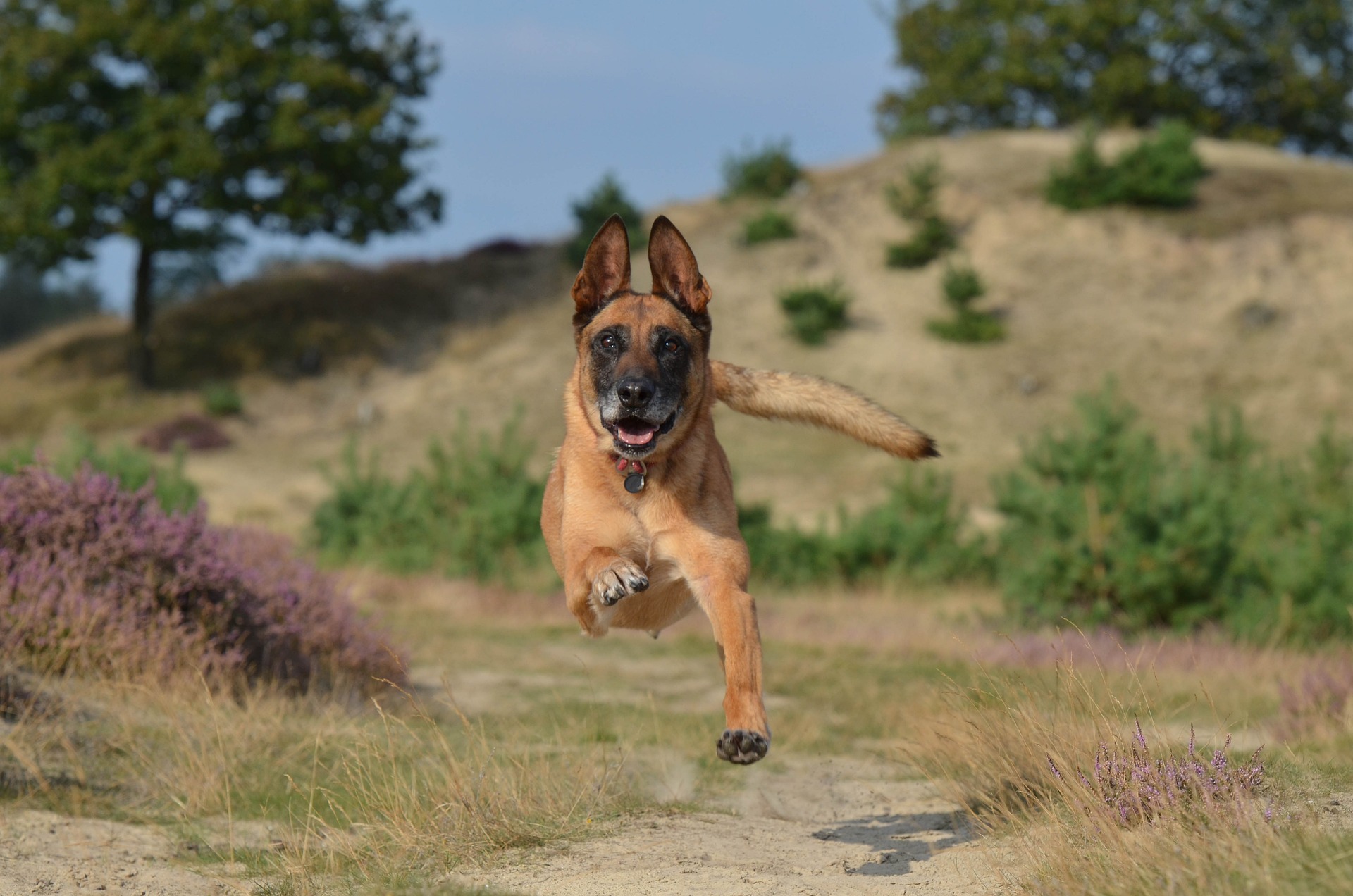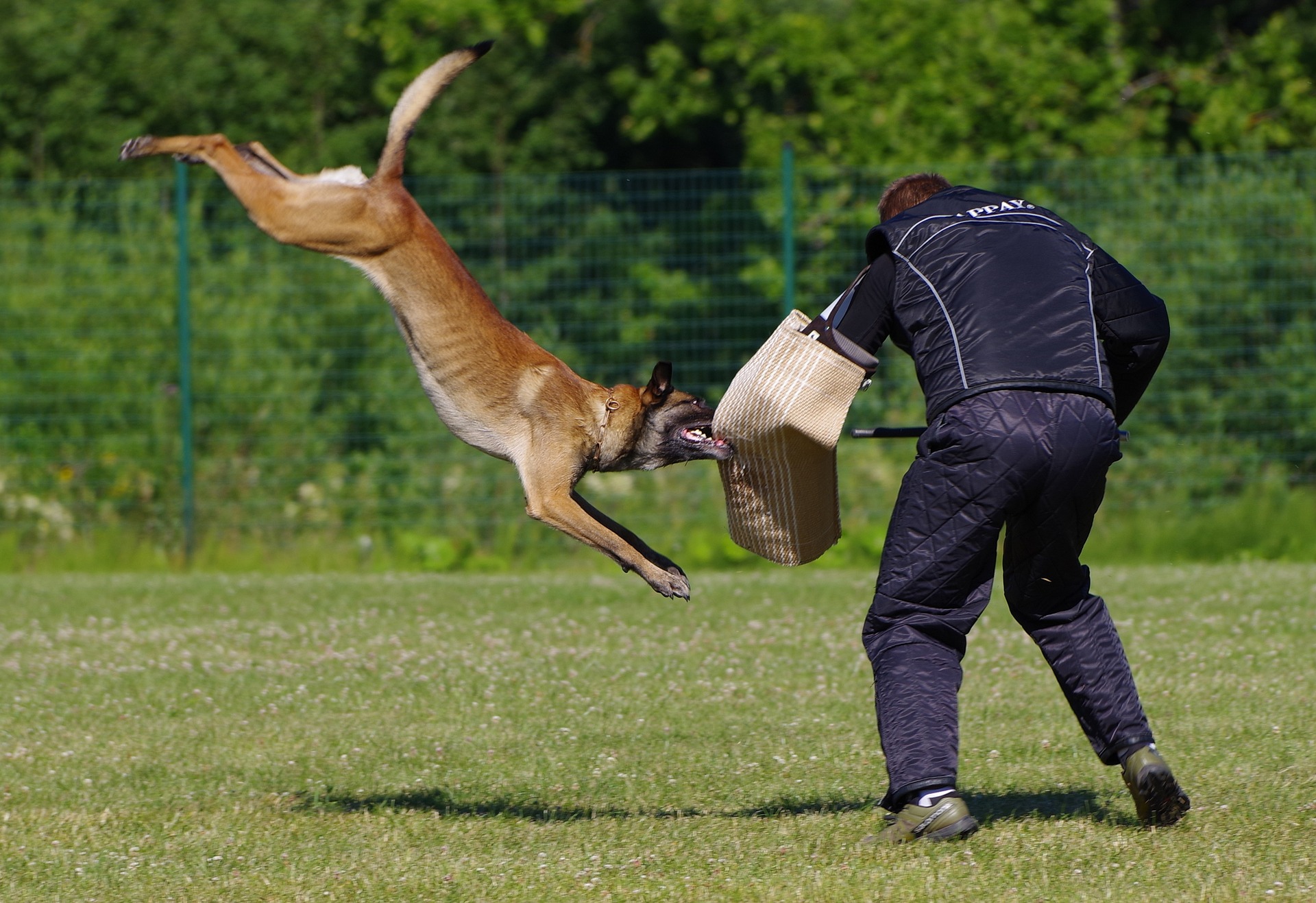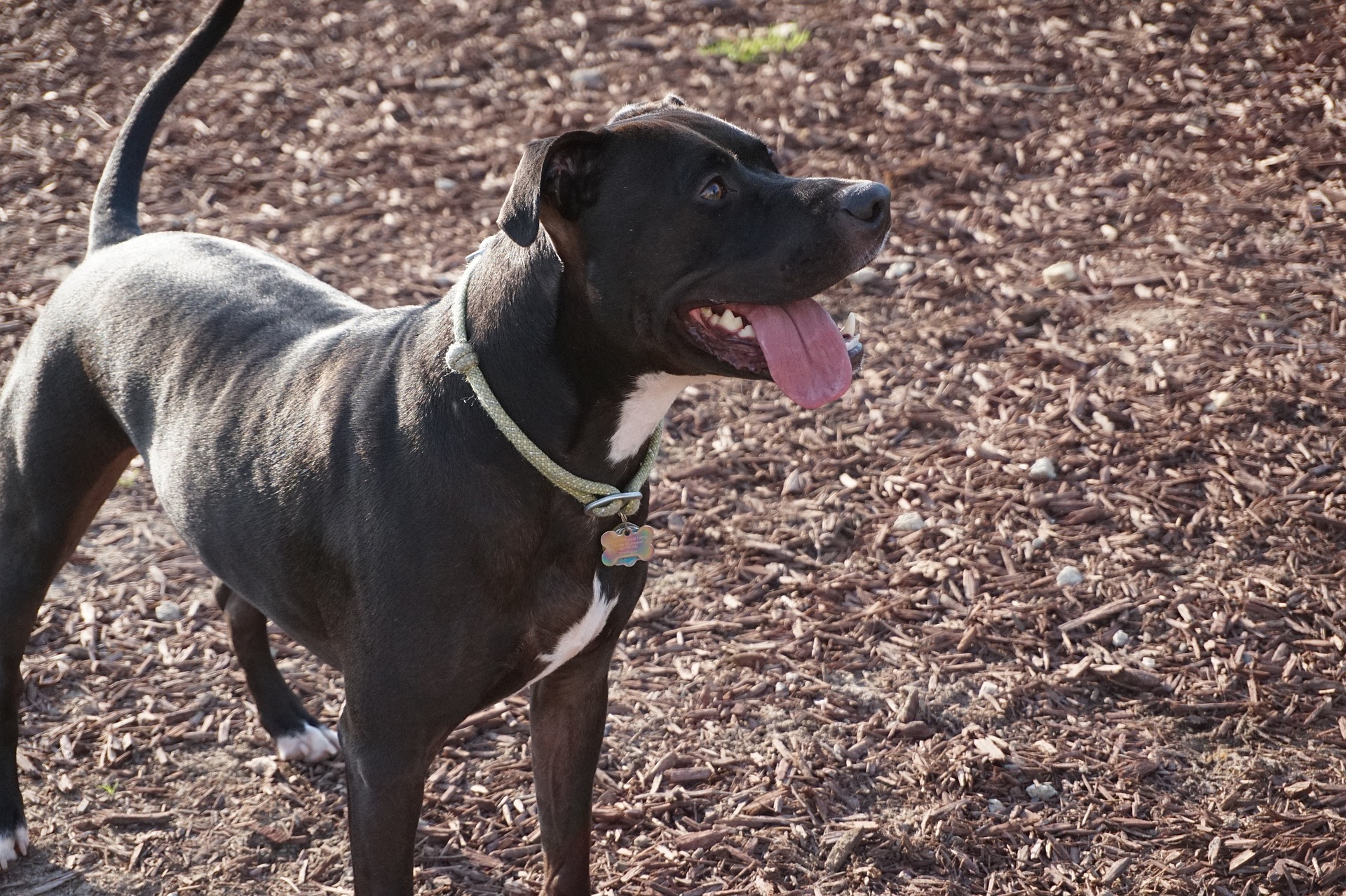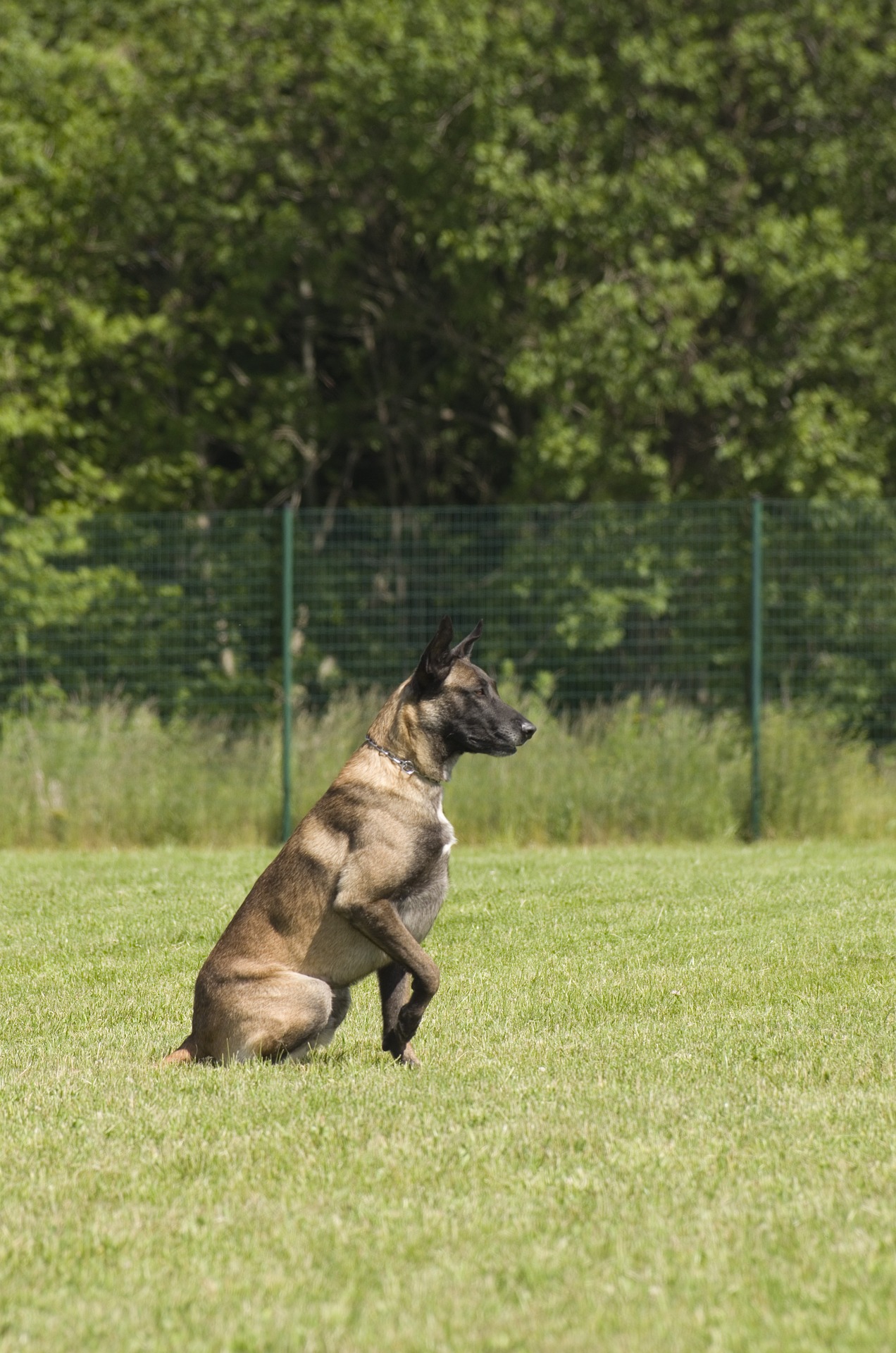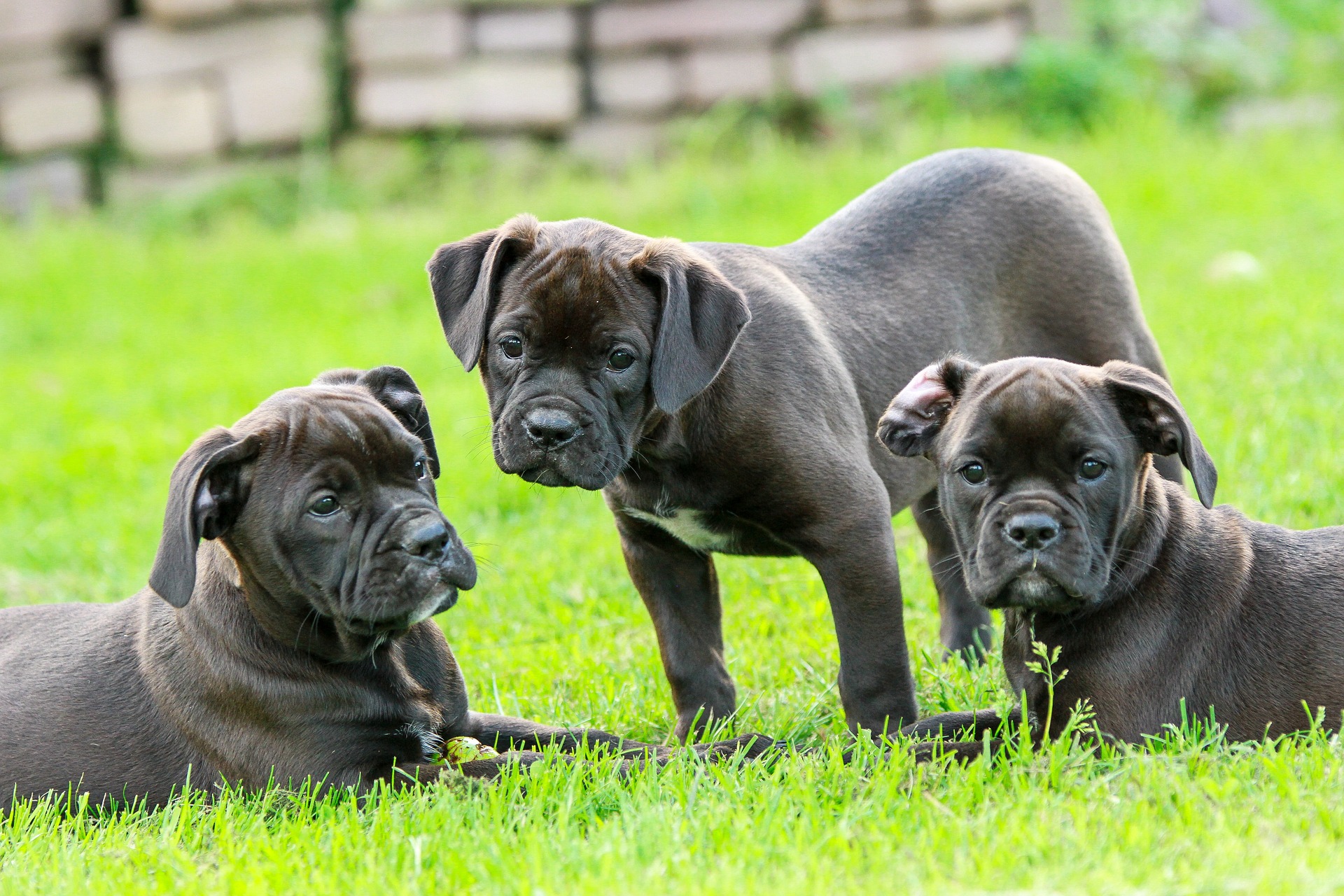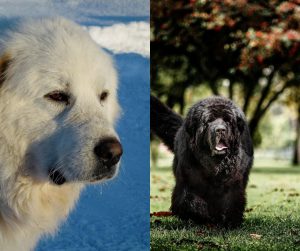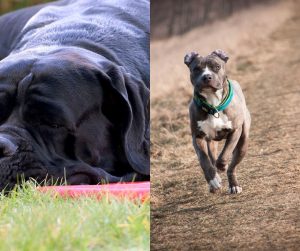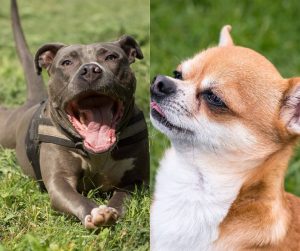When considering adding a furry companion to the family, the Belgian Malinois and the Pitbull are two breeds that often spark interest. These breeds boast a myriad of characteristics that cater to various preferences and lifestyles.
The Belgian Malinois, known for its sharp intelligence and work ethic, serves effectively in police and military roles. Meanwhile, the Pitbull is celebrated for its staunch loyalty and affectionate nature.
Distinguishing between the two begins with appearance— the Belgian Malinois typically sports a fawn to mahogany coat with black markings. This is shaped by its strong, agile build that suits its active duties. Pitbulls, however, come in a wider range of colors and often exude a stockier and more muscular appearance.
They differ in personality too; while the Malinois is alert and protective, making it an excellent guard dog, Pitbulls are known for their friendly disposition towards people. However, their behavior with other dogs can vary.
Both breeds require ample exercise and training from an early age. An emphasis on positive, consistent reinforcement is also needed to foster their development into well-behaved adults.
Today, we will take a deep look into the Belgian Malinois vs Pitbull dog breed comparison. We have to note that in the US, the term Pitbull is an umbrella term that includes the American Staffordshire Terrier, American Pit Bull Terrier, American Bully, and American Bulldog.
Key Takeaways
- Belgian Malinois and Pitbulls are distinct in both physical traits and temperament, catering to varying owner preferences
- Both breeds demand early and consistent training, with a need for regular exercise
- While Malinois excel in protective roles, Pitbulls are notably affectionate and require proper socialization
Breed Characteristics and Appearance
When choosing between a Belgian Malinois and a Pitbull, one must consider their distinct physical characteristics and grooming needs, as well as their unique behavioral traits. Let’s break down these aspects to get a clearer picture of each breed. Neither of these is hypoallergenic. Yet, if they are mixed with a Poodle for example, they can get hypoallergenic coat.
Physical Attributes
Belgian Malinois typically stand tall at 22-26 inches in height and weigh in the ballpark of 45-75 pounds. In contrast, Pitbulls are a bit shorter, with an average height of 17-21 inches and a weight range of 30-60 pounds.
- Belgian Malinois
- Height: 22-26 inches
- Weight: 45-75 pounds
- Pitbull
- Height: 17-21 inches
- Weight: 30-60 pounds
Coat and Grooming
Though their temperaments may be different, both breeds boast a reputation for their coats. A Malinois has a short and straight coat that’s easy to maintain, whereas a Pitbull’s coat is similarly low-maintenance but can feel a bit glossier to the touch.
- Belgian Malinois
- Coat: Short and straight
- Grooming: Regular brushing
- Pitbull
- Coat: Short and glossy
- Grooming: Occasional brushing
Typical Behavior
Those who have a soft spot for dogs might find the Belgian Malinois to be a tad more reserved, but they are undeniably loyal and protective of their home. The Pitbull, on the flip side, is usually a big softie with boundless affection for friends and strangers alike.
- Belgian Malinois
- Behavior: Loyal, protective
- Pitbull
- Behavior: Affectionate, friendly with all
Each dog has its own sparkle, so the choice ultimately rests on personal preference and lifestyle compatibility. Whether one leans towards the vigilant Malinois or the hearty Pitbull, both breeds make for exceptional companions.
Temperament and Personality
When considering a Belgian Malinois vs Pitbull as a pet, understanding their temperament and personality is essential. Each breed displays unique social traits and has varying levels of compatibility with families.
Social Traits
Belgian Malinois are renowned for their intelligence and eagerness to please. They typically show a high work ethic and excel in obedience, which makes them superb working dogs in fields like police and military service. This breed may be reserved around strangers but is not inherently aggressive. However, they require consistent training and socialization from an early age to promote balanced behavior.
Pitbulls, often referred to as American Pit Bull Terrier dogs, are known for their affectionate and loyal nature. They bond deeply with their families and often greet friends and even strangers with enthusiasm. It’s noteworthy that while generally not aggressive, Pitbulls may require careful introduction to other dogs or small pets due to their strong prey drive, which can be managed with proper training and socialization.
- Belgian Malinois: Intelligent, reserved, work-oriented
- Pitbull: Affectionate, friendly, energetic
Family Compatibility
For families, Pitbulls are often the more affectionate and loving choice. They thrive on close relationships with their humans and can be excellent companions for children when raised together properly. Their playful and gentle characteristics, combined with their loyalty, make them well-suited as family pets.
Belgian Malinois are also loyal but tend to have a higher energy level and a more protective instinct, which can be beneficial for families looking for a diligent watchdog. They may be less openly affectionate compared to Pitbulls, but when integrated into a family with clear roles and training, they bond strongly and prove to be versatile pets.
- Belgian Malinois: Protective, energetic, loyal
- Pitbull: Loving, child-friendly, dedicated
Exercise and Training Requirements
When discussing Belgian Malinoi vs Pitbull, it’s essential to understand that both breeds have distinct exercise and dog training needs. The Belgian Malinois requires rigorous daily exercise and mental stimulation, while Pitbulls need consistent training and physical activity to maintain their well-being.
Activity Levels
The Belgian Malinois is known for its high energy levels; these dogs thrive on having a job or participating in activities such as agility or sports. They require at least:
- 60 minutes of vigorous exercise daily
- Activities that provide both physical and mental stimulation
In contrast, Pitbull dogs are also energetic but generally have a more moderate exercise need. A daily exercise routine for a Pitbull should include:
- Around 30 to 45 minutes of physical activity
- Engagements that cater to their need for mental stimulation but to a lesser extent compared to Belgian Malinois
Training Techniques
When training a Belgian Malinois dog breed, you should focus on:
- Varying training sessions to keep them engaged
- Employing positive reinforcement techniques to encourage obedience
- Ensuring that tasks are challenging enough to satisfy their high level of intelligence
Because of their amazing trainability, Belgian Malinois dogs have been used for police and military work. They are hand-in-hand with the German Shepherd in this regard.
The Pitbull responds well to:
- Consistent obedience training from an early age
- Positive methods that make the training experience enjoyable and based on a strong bond
- Clear communication and commands to develop a well-behaved dog
In both cases, owners are encouraged to start training early and remain patient and consistent. Remember, each dog has its personality, and what works for one may not work for another, even within the same breed.
Health and Care
When choosing between a Belgian Malinois and a Pitbull, understanding their health and care specifics is vital. Each breed has unique requirements and potential challenges that prospective pet parents should consider to ensure a happy, healthy companion.
Common Health Issues
Belgian Malinois tend to be robust dogs, but like any breed, they can face certain health challenges. Hip and elbow dysplasia are common concerns, as is the case with many larger breeds. Owners should also keep an eye out for eye problems, which can occasionally trouble these active dogs. Regular vet check-ups can help catch these issues early on.
Pitbulls are sturdy as well, yet they have their own set of issues to watch for. Skin allergies are fairly common in Pitbulls and require attention to prevent discomfort and infections. They may also deal with hip dysplasia, and some can develop heart conditions. Consistent care and vigilance can help manage these conditions.
Nutrition and Diet
A well-balanced diet is crucial for both breeds. With Belgian Malinois, high-energy fares aligning with their active lifestyle can support their vigorous daily routine. Protein-rich foods that bolster muscle growth and repair are typically recommended. It’s also essential to monitor their portion sizes closely to prevent overfeeding.
Pitbulls benefit from high-quality food that can support their muscular build and active metabolism. They sometimes have a tendency to gain weight, so their diet should be carefully controlled, especially if they have less daily exercise. Both breeds appreciate a diet tailored to their specific needs, ideally confirmed by a trusted veterinarian.
Life Expectancy
The lifespan of these dogs is a testament to their overall robust nature, with proper care. Belgian Malinois generally expect to share 12 to 14 joy-filled years with their families. Their high energy and working dog heritage contribute to their vitality.
Pitbulls often enjoy a comparable lifespan of around 12 to 16 years. Their hearty nature, when coupled with loving care and appropriate exercise, can lead to a full life alongside their human companions. It’s all about the quality of care—regular veterinary visits, preventative measures, and a watchful eye for any health changes can go a long way in ensuring a long and happy life for these dogs.
Breed History and Popularity
Both the Belgian Malinois and the Pitbull come from storied pasts, full of purpose-driven development that now sees them enjoying widespread popularity. These breeds have a rich history shaped by their roles as working dogs and have shown staying power as beloved pets in households around the world.
Origins and Development
Belgian Malinois: Originating in Belgium in the late 1800s, the Belgian Malinois was bred primarily for herding. It is named after the city of Malines, where dedicated trainers developed it. Not just herders, Belgian Malinois have served valiantly as guard dogs. Their keen protective instincts make them formidable protectors.
- Purpose: Herding and guarding
- Heritage: Purebred working dog
They are also closely related to the German Shepherd and Dutch Shepherd. All of these dogs have a history of being working farm dogs. Yet, they evolved into something more.
American Pit Bull Terrier (Pitbull): Often referred to simply as Pitbulls, these dogs date back to 19th-century England. They were originally bred from bulldogs and terriers, combining strength and agility for purposes such as hunting and farm work. However, the unfortunate use of these dogs in blood sports mars their history. Thankfully, their role has since shifted predominantly to companionship and rescue, highlighting their remarkable adaptability and resilience.
- Purpose: Hunting, farm work, companionship
- Heritage: Crossbreed of bulldogs and terriers
Current Standing
Belgian Malinois: These days, the Belgian Malinois shines not only as a herding breed but also as a top pick for various services, such as police and military work. They are chosen for their intelligence and trainable nature. They stand out as a popular choice for those who appreciate a loyal and active dog breed.
- Popularity: Favoured in services and as active companions
- Traits: Intelligent, loyal, and active
American Pit Bull Terrier (Pitbull): In contemporary settings, the Pitbull has fought through its undeserved reputation to emerge as one of the most popular dog breeds, particularly in the United States. These dogs are often celebrated for their affectionate nature and are increasingly appearing in homes as loving pets, showing a softer side far from their historical misconceptions.
Pitbulls are not recognized by the American Kennel Club as a separate breed. Yes, the United Kennel Club makes a difference between a Pitbull Terrier and American Staffordshire Terrier. The AKC, on the other hand, puts the Pitbull under the term American Staffordshire terrier. The umbrella term also includes the American Bully and American Bulldog.
- Popularity: Rising as family pets and in popular culture
- Traits: Affectionate, strong, and determined
Suitability as a Family Pet
Choosing a family pet involves considering each breed’s traits and how they fit into your household dynamic.
Living Environments
Belgian Malinois: Highly energetic, they thrive in environments where they have plenty of space to move around. An apartment setting can be challenging for them unless their exercise needs are met meticulously.
This breed suits active families with access to a yard or frequent outdoor activities.
Pitbull: Known for their affectionate nature, pitbulls can adapt more easily to various living situations, including apartments. However, they still require regular exercise to keep them healthy and content.
Pitbulls often do well in urban settings provided they get daily walks and playtime.
Compatibility with Children and Other Animals
Belgian Malinois: When introduced properly and with consistent socialization, Belgian Malinois can integrate into a family with children. They often guard their family diligently due to their protective instinct. However, supervision around kids and other pets is imperative to maintain harmony.
Pitbull: Typically very loving towards family members, pitbulls can form strong bonds with children, displaying patience and loyalty. You need to provide regular socialization from a young age to foster well-rounded behavior with other animals and pets. Also, supervise pitbulls’ interactions with unfamiliar children, as with any breed.
In any case, both breeds benefit immensely from early training and socialization to become well-adjusted family members. So, assess your family’s lifestyle, time commitment, and ability to meet the exercise and attention requirements of these active dogs.

